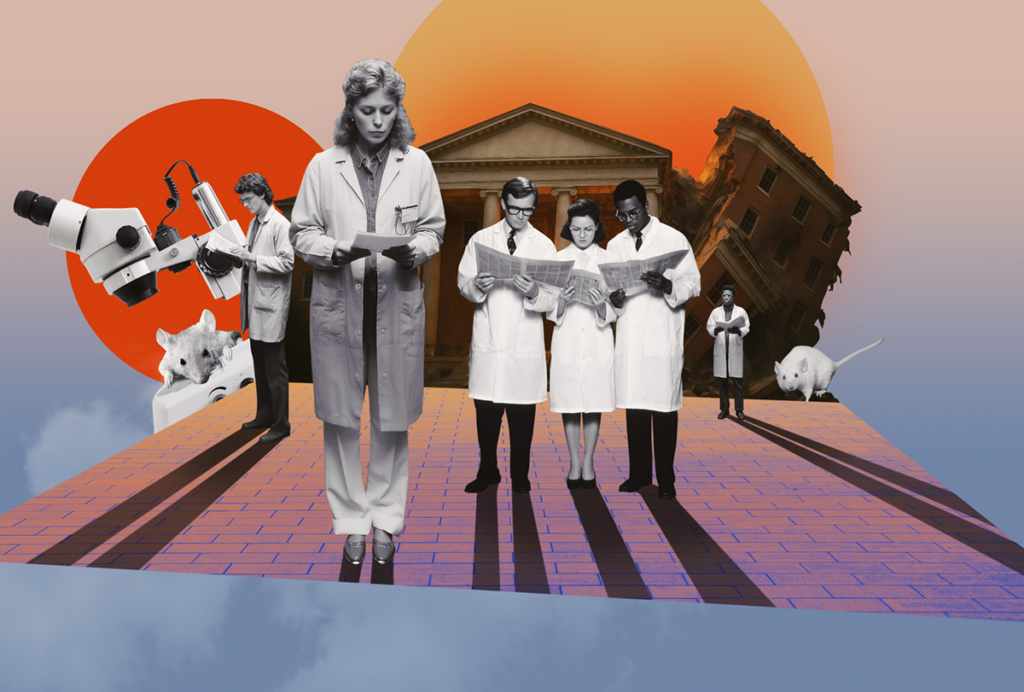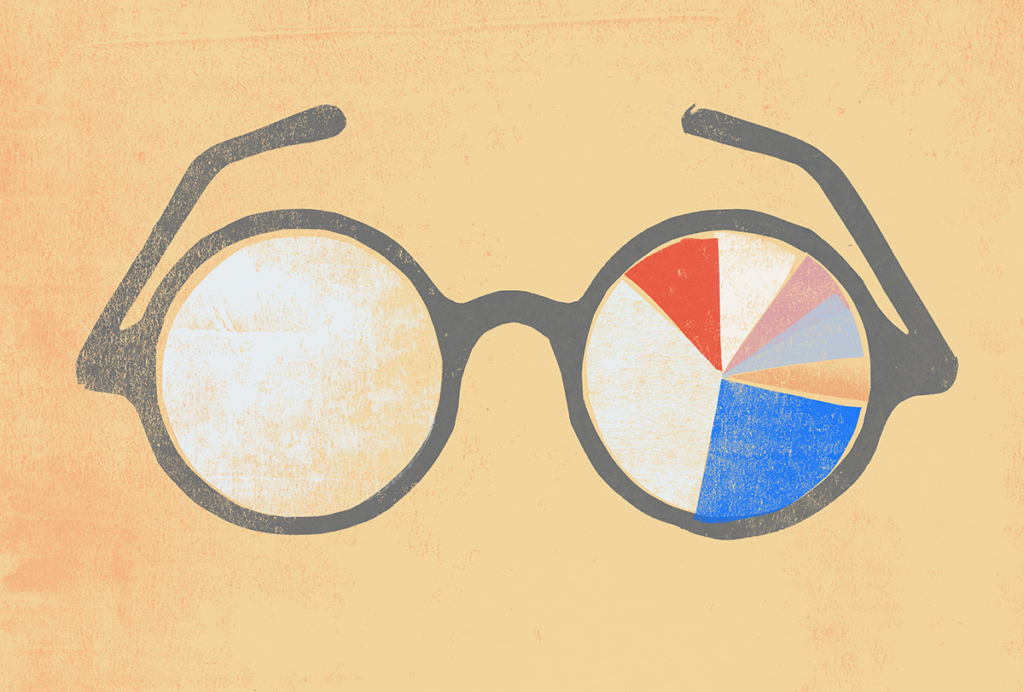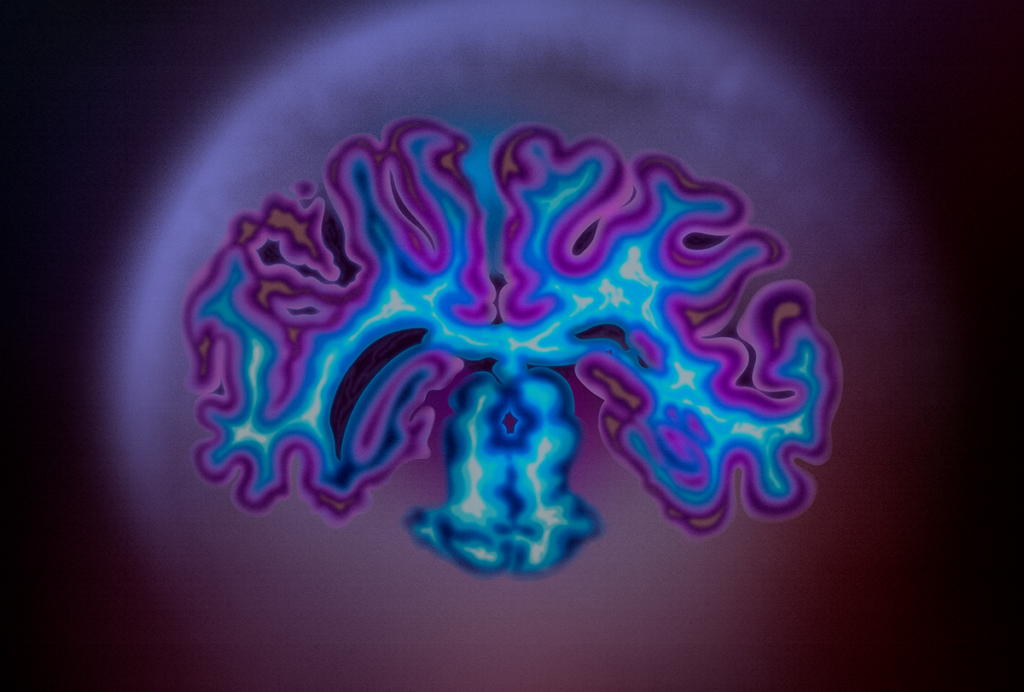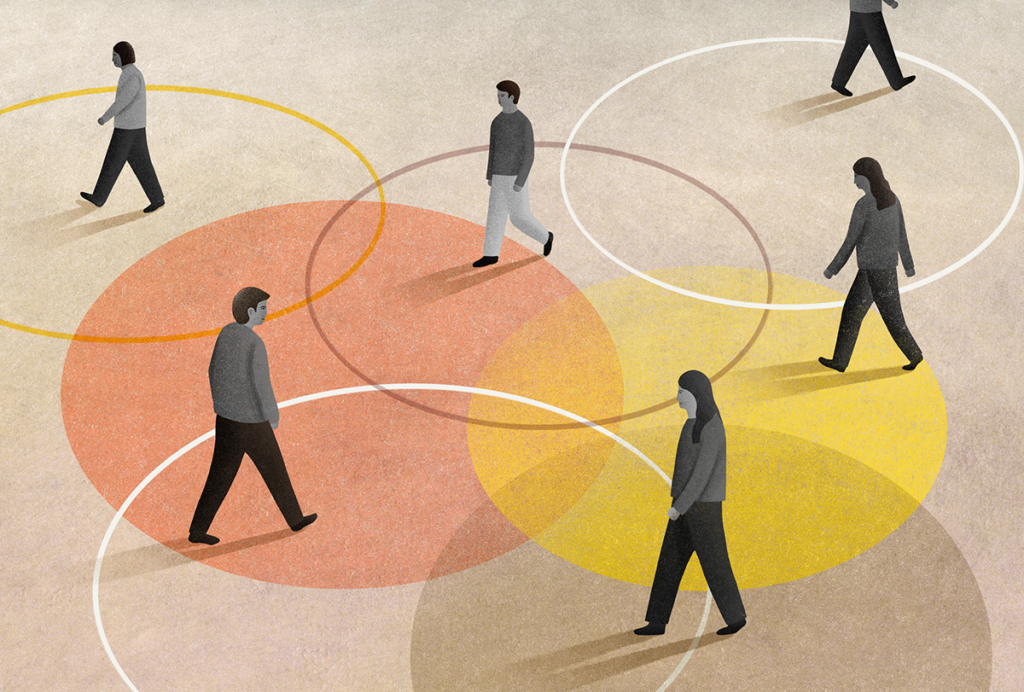Policy
Recent articles
The Transmitter’s top news articles of 2025
Check out some of our most-read stories, covering neuroscience funding and policy changes in the United States, and methodological issues in high-profile neuroscience papers.

The Transmitter’s top news articles of 2025
Check out some of our most-read stories, covering neuroscience funding and policy changes in the United States, and methodological issues in high-profile neuroscience papers.
The Transmitter’s favorite essays of 2025
Throughout a tumultuous year in science, researchers opined on policy changes and funding uncertainty, as well as scientific trends and the impact of artificial-intelligence tools on the field.

The Transmitter’s favorite essays of 2025
Throughout a tumultuous year in science, researchers opined on policy changes and funding uncertainty, as well as scientific trends and the impact of artificial-intelligence tools on the field.
What is the future of organoid and assembloid regulation?
Four experts weigh in on how to establish ethical guardrails for research on the 3D neuron clusters as these models become ever more complex.

What is the future of organoid and assembloid regulation?
Four experts weigh in on how to establish ethical guardrails for research on the 3D neuron clusters as these models become ever more complex.
A change at the top of SfN as neuroscientists gather in San Diego
Kevin B. Marvel, longtime head of the American Astronomical Society, will lead the Society for Neuroscience after a year of uncertainty in the neuroscience field.

A change at the top of SfN as neuroscientists gather in San Diego
Kevin B. Marvel, longtime head of the American Astronomical Society, will lead the Society for Neuroscience after a year of uncertainty in the neuroscience field.
Establishing a baseline: Trends in NIH neuroscience funding from 2008 to 2024
Funding for neuroscience-related projects more than doubled in 16 years, rising from $4.2 billion in 2008 to $10.5 billion in 2024, according to an analysis by The Transmitter. That money went largely to private universities in coastal states.

Establishing a baseline: Trends in NIH neuroscience funding from 2008 to 2024
Funding for neuroscience-related projects more than doubled in 16 years, rising from $4.2 billion in 2008 to $10.5 billion in 2024, according to an analysis by The Transmitter. That money went largely to private universities in coastal states.
How have funding cuts affected early-career scientists’ futures?
Some say they feel terrified and anxious over all the uncertainty; many are thinking about leaving the United States, academia or science altogether; others plan to stay the course.

How have funding cuts affected early-career scientists’ futures?
Some say they feel terrified and anxious over all the uncertainty; many are thinking about leaving the United States, academia or science altogether; others plan to stay the course.
The state of neuroscience in 2025: An overview
The Transmitter presents a portrait of the field through four lenses: its focus, its output, its people and its funding.

The state of neuroscience in 2025: An overview
The Transmitter presents a portrait of the field through four lenses: its focus, its output, its people and its funding.
Which sources fund your neuroscience research?
Government sources are the main overall contributors to neuroscience labs, but funding breakdown varies across labs, career stages and neuroscience subfields, a survey by The Transmitter shows.

Which sources fund your neuroscience research?
Government sources are the main overall contributors to neuroscience labs, but funding breakdown varies across labs, career stages and neuroscience subfields, a survey by The Transmitter shows.
Without monkeys, neuroscience has no future
Research in primate brains has been essential for the development of brain-computer interfaces and artificial neural networks. New funding and policy changes put the future of such advances at risk.

Without monkeys, neuroscience has no future
Research in primate brains has been essential for the development of brain-computer interfaces and artificial neural networks. New funding and policy changes put the future of such advances at risk.
Our searchable repository of useful research can restore trust in federally funded basic science
Called U.S. Public Research Benefits, the database showcases the value of basic science in an easy and accessible format.

Our searchable repository of useful research can restore trust in federally funded basic science
Called U.S. Public Research Benefits, the database showcases the value of basic science in an easy and accessible format.
Explore more from The Transmitter
The Transmitter’s most-read neuroscience book excerpts of 2025
Books by Nachum Ulanovsky, Nicole Rust, and Andrew Iwaniuk and Georg Striedter made the list of some of the year's most engaging neuroscience titles.

The Transmitter’s most-read neuroscience book excerpts of 2025
Books by Nachum Ulanovsky, Nicole Rust, and Andrew Iwaniuk and Georg Striedter made the list of some of the year's most engaging neuroscience titles.
Neuroscience’s leaders, legacies and rising stars of 2025
Here are seven stories from the past year about some of the field’s most engaging figures.

Neuroscience’s leaders, legacies and rising stars of 2025
Here are seven stories from the past year about some of the field’s most engaging figures.
Spectrum 2025: Year in review
Revisit some of the conversations and debates—on topics from leucovorin to the gut microbiome—that have shaped autism research in the past 12 months.

Spectrum 2025: Year in review
Revisit some of the conversations and debates—on topics from leucovorin to the gut microbiome—that have shaped autism research in the past 12 months.